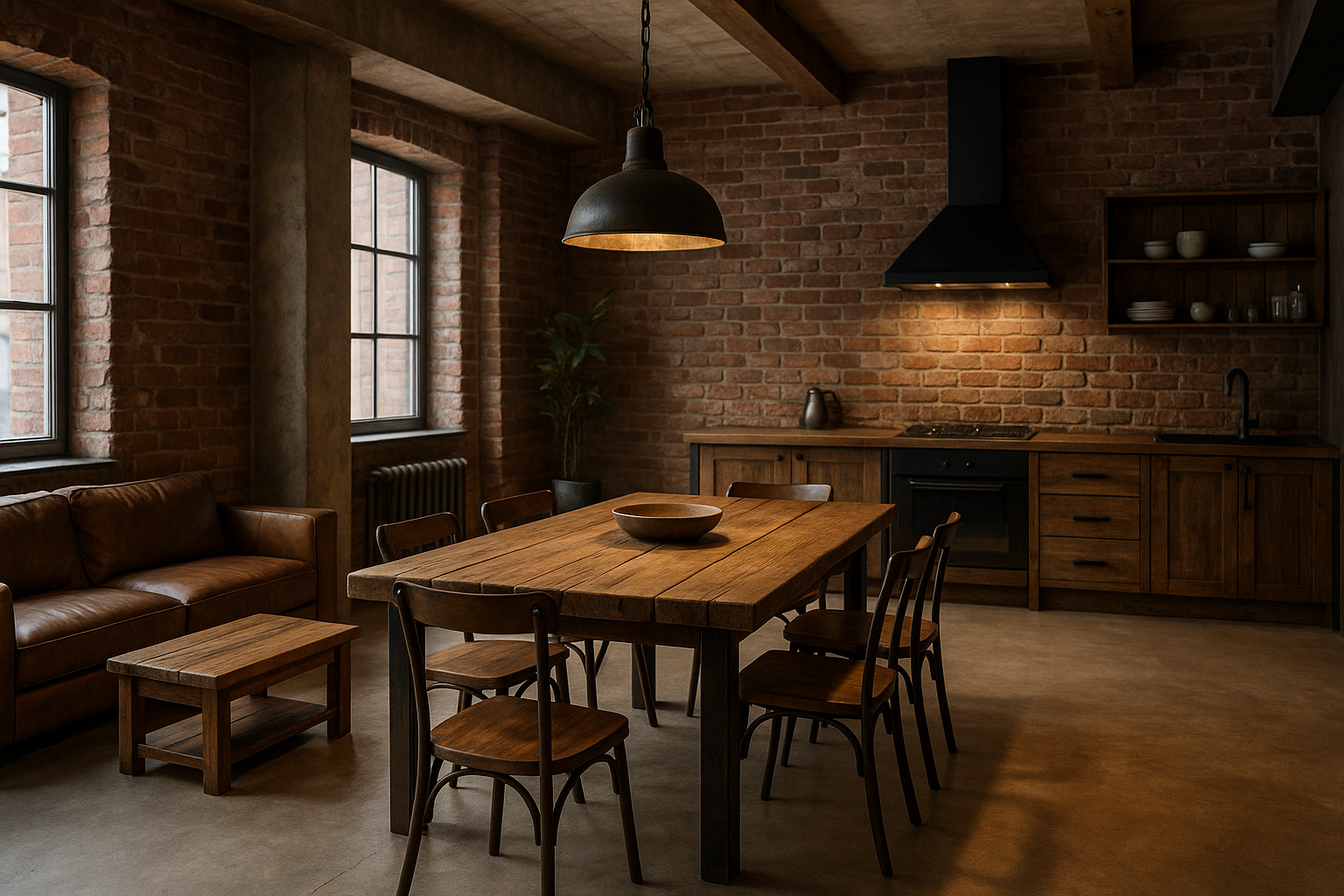Explore Thrift Furniture Prices Before Making Your Choice
In today's economy-conscious world, thrift furniture offers a compelling alternative to buying new. Whether you're furnishing your first apartment, redesigning your home on a budget, or simply appreciate vintage character, understanding thrift furniture pricing can help you make informed decisions. Thrift stores, estate sales, online marketplaces, and consignment shops offer varying price points for pre-owned furniture, with costs depending on condition, brand, age, and market demand. Before diving into your next furniture hunt, let's explore what influences thrift furniture pricing and how to ensure you're getting the best value.

Why Buy Thrift Furniture?
Thrift furniture shopping offers numerous advantages beyond just saving money. First, it’s an environmentally conscious choice that keeps perfectly usable items out of landfills. Quality vintage pieces often feature superior craftsmanship compared to many modern mass-produced alternatives, using solid wood construction instead of particleboard. Additionally, second-hand furniture allows you to find unique statement pieces with character and history that can’t be replicated in chain stores. For budget-conscious shoppers, thrift furniture provides the opportunity to acquire high-end brands at a fraction of their original cost. Many pieces simply need minor repairs or refinishing to become showroom-worthy again, allowing for personal customization while developing valuable DIY skills.
Average Price Ranges by Furniture Type
The cost of thrift furniture varies dramatically depending on what you’re looking for. Understanding typical price ranges can help you recognize good deals when you spot them.
Small Items (Side Tables, Chairs, Lamps)
Small thrift furniture items typically range from $10-50, with basic wooden chairs starting around $15 and vintage table lamps between $20-40. Quality varies widely, so inspect these items carefully for stability and functionality.
Medium Furniture (Coffee Tables, Dressers, Dining Tables)
Expect to pay $50-150 for decent quality mid-sized thrift pieces. Solid wood dressers typically range from $75-200 depending on condition and style, while dining tables generally cost $100-250. Vintage or designer pieces can command significantly higher prices.
Large Furniture (Sofas, Beds, Armoires)
Large furniture items at thrift stores generally range from $150-400, with upholstered pieces at the lower end of the spectrum unless they’re designer brands. Bed frames typically cost $100-300, while quality solid wood armoires or entertainment centers can range from $200-500.
| Furniture Type | Average Thrift Price Range | Comparable New Retail Price |
|---|---|---|
| Wooden Chair | $15-40 | $80-200 |
| Dining Table | $100-250 | $300-1,200 |
| Upholstered Sofa | $150-350 | $700-2,500 |
| Dresser | $75-200 | $250-900 |
| Coffee Table | $40-120 | $150-500 |
| Bed Frame (Queen) | $100-300 | $300-1,500 |
Prices, rates, or cost estimates mentioned in this article are based on the latest available information but may change over time. Independent research is advised before making financial decisions.
Factors That Affect Pricing
Several key factors influence how thrift furniture is priced, helping explain the sometimes dramatic price differences between seemingly similar items. Brand reputation plays a significant role – recognizable, high-quality manufacturers like Ethan Allen, Herman Miller, or Drexel Heritage command premium prices even second-hand. Material quality also matters, with solid wood pieces priced higher than those made from engineered wood products. Age and style greatly impact value, with genuine mid-century modern, Art Deco, and other collectible styles fetching significantly more than generic pieces.
Condition is perhaps the most obvious factor – furniture with minimal wear, no structural damage, and original hardware costs more than pieces needing repair. Store location also affects pricing, with thrift stores in affluent areas or urban centers typically charging more than rural locations. Some thrift stores use color-coded pricing systems and implement regular markdown schedules, making timing your purchase strategically important for finding the best deals.
Additional Costs to Keep in Mind
When budgeting for thrift furniture, remember that the sticker price is rarely the total investment. Transportation costs can be substantial, especially for larger pieces. Unlike retail stores, most thrift shops don’t offer delivery services, meaning you’ll need to arrange your own vehicle, rent a truck, or pay for delivery services which typically cost $50-200 depending on distance and item size.
Many thrift pieces require some restoration work – from simple cleaning to more involved repairs and refinishing. Budget for cleaning supplies ($15-30), paint or stain ($25-50 per project), replacement hardware ($10-50), and upholstery fabric if needed ($100-300 for a sofa). Professional restoration services can cost anywhere from $150-500+ depending on the piece and work required. Additionally, consider potential pest treatment costs if furniture comes from unknown sources – preventative treatments or professional inspections might be necessary, especially for upholstered items.
Smart Buying Tips Before Making Your Choice
Before finalizing your thrift furniture purchase, take time for thorough inspection. Test all moving parts including drawers, doors, and reclining mechanisms. Examine joints and weight-bearing elements for stability, and check upholstered items for stains, odors, or signs of pests. Research brands and styles before shopping to recognize quality pieces when you see them.
Consider the true costs of restoration versus simply buying new. Sometimes what seems like a bargain requires extensive work that negates the initial savings. Measure both your space and the furniture carefully – thrift stores rarely accept returns. Visit stores regularly as inventory changes constantly, and follow local thrift shops on social media for sale announcements and newly arrived inventory. Don’t hesitate to negotiate prices, especially for items with visible flaws or those that have been in the store for extended periods. Many thrift stores have some flexibility in their pricing, particularly on higher-priced items or during end-of-month sales when they’re making room for new inventory.
When furnishing your home with thrift finds, patience is key. Creating a cohesive look with second-hand pieces takes time, but the result is often a more personal, character-filled space than one furnished entirely from a catalog. By understanding pricing factors and approaching your search strategically, you can find exceptional furniture pieces at remarkable values.




